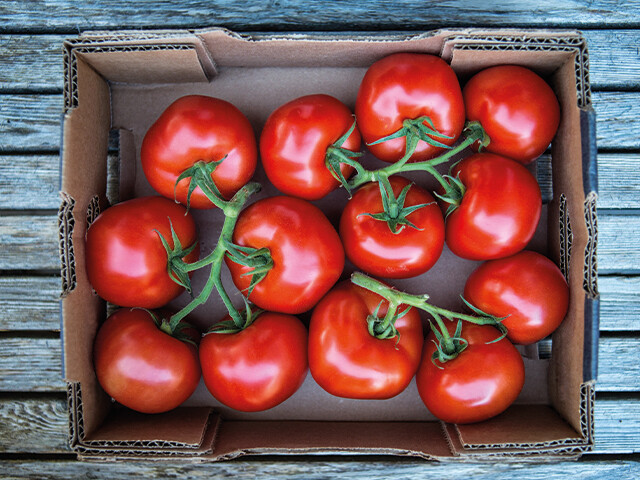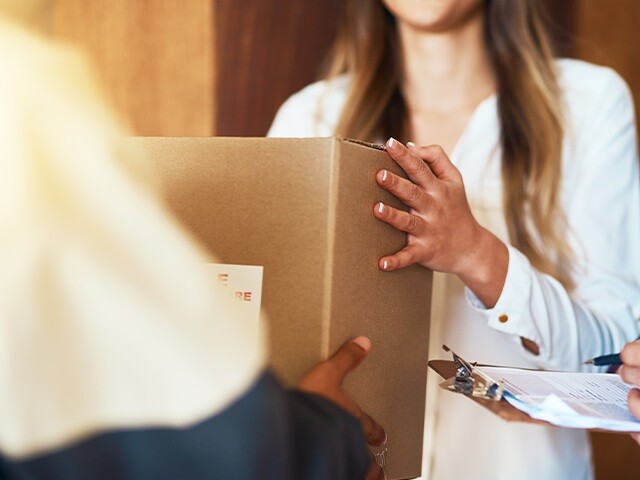Labelling Adhesives
Smart hotmelt and water-based adhesives for labelling
The right adhesive can address all these criteria. Our full range of hot melt and water-based labelling adhesives can:
- Optimize product appearances and integrity due to non-staining properties for paper labels as well as low fuming and high temperature resistance
- Improve sustainability with Petcore Europe Association-approved recyclable and bio-based options (including starch-based solutions)
- Heighten efficiency and reduce waste with lowered coat weight (high mileage)
- Enhance manufacturing processes with clean, fast application compatible with most OEM lines
Frequently Asked Questions about Labelling
What is labelling?
Labelling is essential to highlight a brand on a product, and display important information such as composition. With growing regulatory requirements worldwide, labelling is currently a very complex process and more critical than ever to your products. There is a wide variety of label applications. Bostik offers adhesives that can be adapted to each of them. Labels can be applied on various substrates such as glass bottle, metal container, PET bottle, or polyolefin bottle, or others.
What are the various labelling processes?
Vertical Labelling - Non contact Hot Melt Application:
- Non contact modules apply adhesive directly on the bottle.
- Slot applicator applies ribbon of hot melt to labbel for seam sealing.
Vertical Labelling Label - Cut ans Stack (Magazine) labels:
- Apply pick-up glue: as containers pass the transfer roller, a vertical strips of hot melt is applied to the container wall.
- Label pick-up: adhesives on container picks up label as container rotates past label magazine.
- Apply lap glue and smooth: lap glue rollers applies a vertical strip of adhesive to the training edge of the label as it is pulled from the magazine.
Vertical labelling Hot Melt - Roll-fed (Web-fed) Labels
- Apply pick-up glue: a stationary bump out on the leading edge of the label makes contact with the pick-up roller while a moving push out connects the trailing edge of the label with the lap glue roller.
- Apply label to bottle: the pick-up pushes out to apply the label underleap first.
- As the container spins, the label wraps itself to attach the label overlap. A wipe down station of brushes smooth the label overlap.
Horizontal Labelling Hot melt. This method may be used in the labelling of cans. The can is rolled, a coating gun will apply the adhesive from top to bottom. Then the can continue to roll on itself and the label just stuck to it. A water-based adhesive often applied to stick the label.
What are some important adhesive features to consider?
The adhesive must fit well on glass, PET, metal, polyolefin bottles and be compatible with the type of label required (paper/OPP). The adhesive must be resistant to humidity, grease and, in some cases, cold and heat. For carbonated beverages, bubbles may cause the bottle to inflate. It is thus necessary to use an adhesive sufficiently flexible to compensate for these deformations. Last but not least, the glue should be compatible with your application device. Bostik's technical specialists are here to help you find the best adhesive for your particular application and process.
Do you need an expert to find the best adhesive for labelling, receive technical information or samples ?

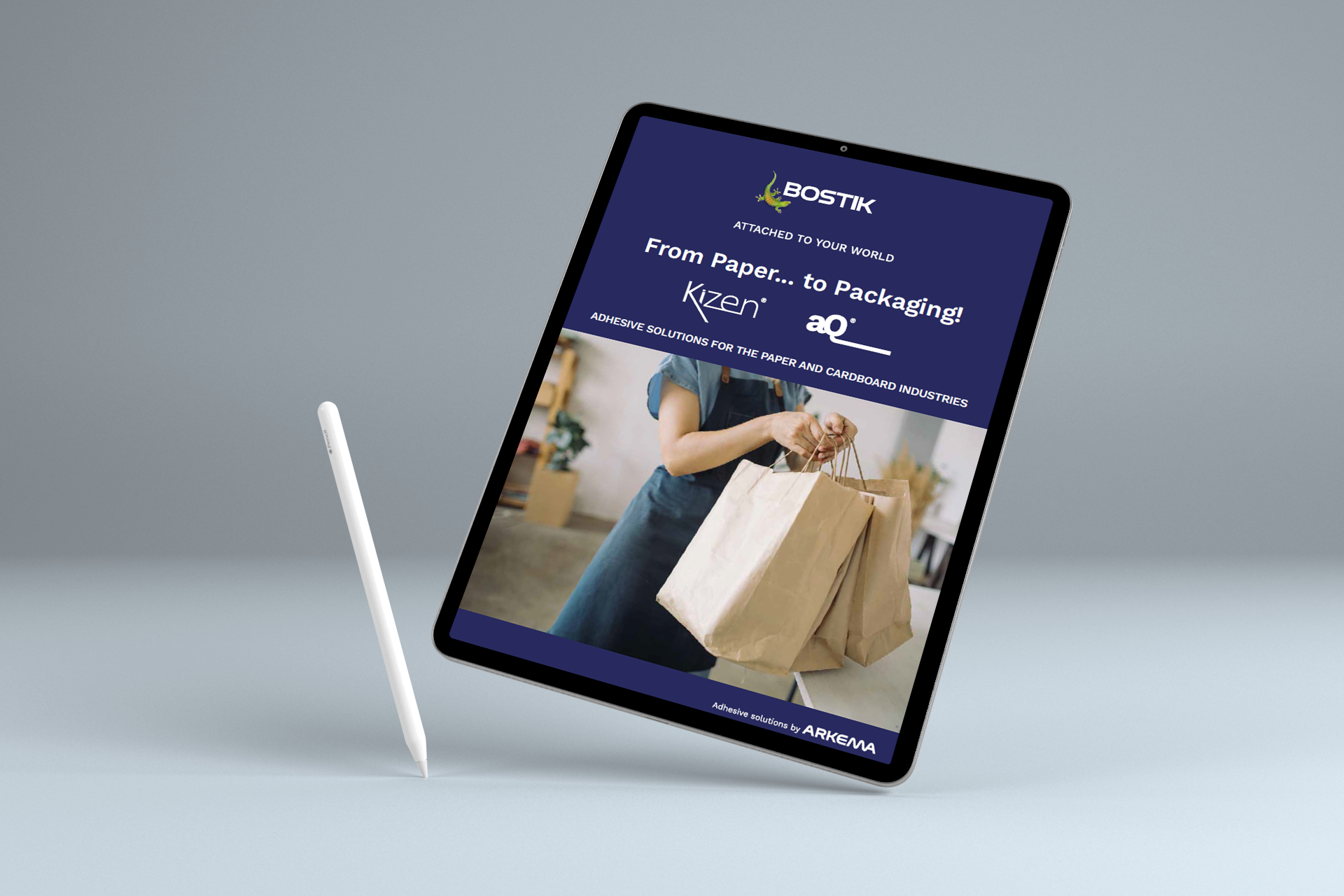
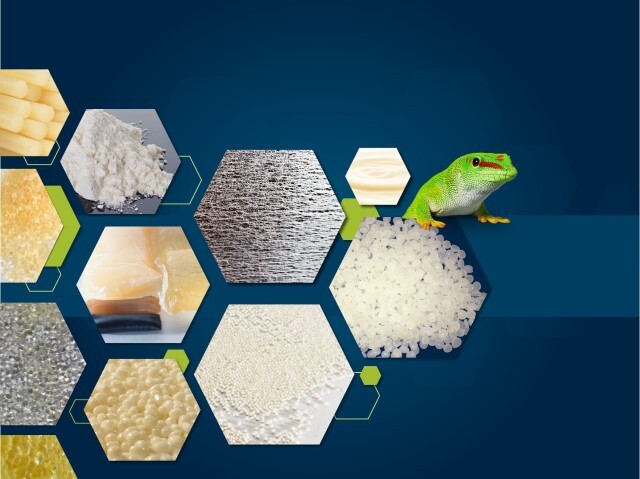
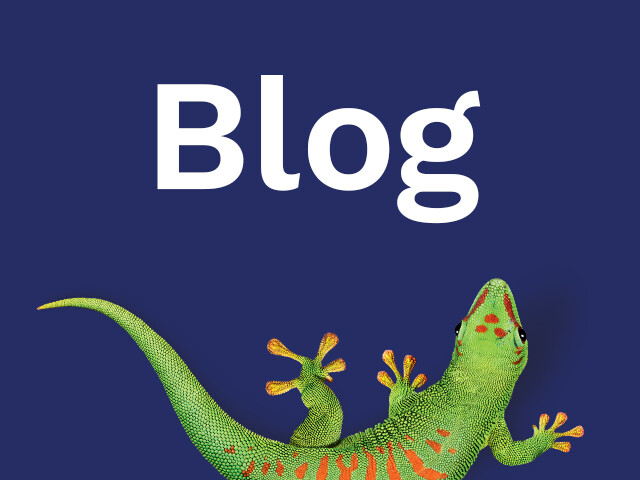

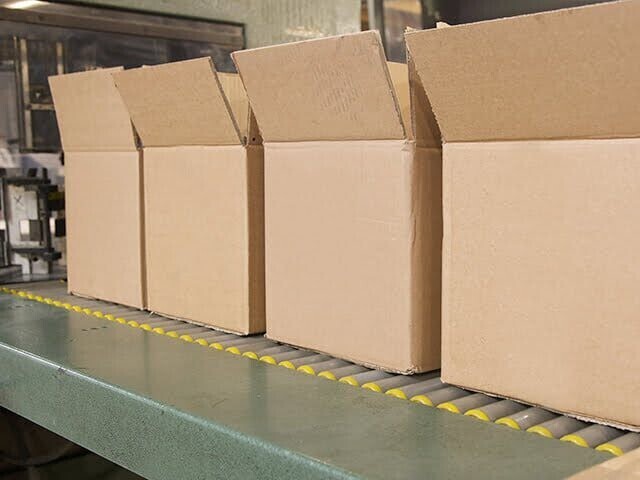
.png)
